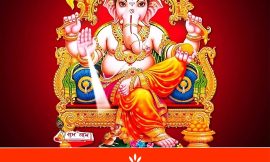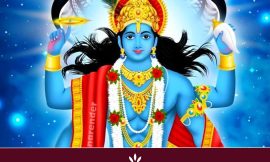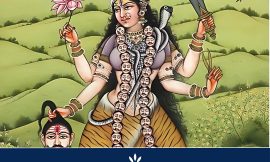Discover the unique significance of Pausha Putrada Ekadashi, a sacred day dedicated to seeking blessings for progeny, fostering family harmony, and strengthening devotion, setting it apart from other Ekadashi in its focus and rituals.
The act of breaking a fast is referred to as parana, a phrase that has its roots in Hindu religious traditions. In particular, the ceremonial accomplishment of the Ekadashi fast is referred to as Ekadashi Parana. Hindu tradition dictates that on the day after Ekadashi, Parana must be observed after sunrise. Since breaking the fast outside of this time frame is seen as a departure from scriptural requirements, this timeframe coincides with Dwadashi Tithi, the twelfth lunar day. It is considered an offence to fail to perform Parana within the allotted time during Dwadashi.
Timing of Parana
The timing of Ekadashi Parana is of paramount importance. It should be performed after sunrise but within the Dwadashi Tithi. If Dwadashi concludes before sunrise, the fast must be broken before the Tithi ends. The early morning hours following sunrise, known as Pratahkal, are the most fortunate times for Parana. Midday, or Madhyahna, is not the best time to break the fast and should be avoided at all costs.

In these cases, specific guidelines are provided for different groups of devotees:
1.Family-Based Devotees: Traditionally, family-based devotees of Smartha only follow the fast on the first day of Ekadashi.
2. Staunch Devotees: Those who are committed to Lord Vishnu are recommended to fast on both days. Their constant dedication and yearning for Lord Vishnu’s love and worship are symbolised by this practice.
3. Sanyasis, Widows, and Moksha Seekers: Renunciants, widows, and those who are mainly pursuing freedom (Moksha) are advised to keep the alternative Ekadashi fast on the second day. Those who are committed to reaching their spiritual objectives immensely respect this alternative day, which frequently falls on the Vaishnava Ekadashi fasting day.
The Significance of Ekadashi Fasting.
It is said that sincerely keeping the fast will result in Lord Vishnu’s grace and favour. The act of breaking the fast via Parana is equally sacred and requires the same commitment and attention to the regulations as the fasting rules, which emphasise abstinence from certain foods and activities. Devotees should consult reliable Panchangas, or Hindu almanacks, to determine the precise time of Hari Vasara.

- Pratahkal Preference: Giving Parana precedence during the Pratahkal period helps to maintain the ritual’s purity. This is considered to be the most favourable and auspicious moment to break the Ekadashi fast.
- Flexibility for Madhyahna: In certain circumstances, breaking the fast after Madhyahna is permitted. But only as a fallback option for Pratahkal.
• Tithi alignment: Respect for Dwadashi Tithi cannot be compromised. To prevent the observance from being deemed invalid, devotees must make sure the fast is broken before to the end of this Tithi.
Conclusion
The dedication and spiritual discipline that define Hindu traditions are fundamental to the practice of Ekadashi Parana. By understanding and abiding by the guidelines for breaking the fast. Devotees honour the purity of Ekadashi and strengthen their spiritual connection with Lord Vishnu. Whether observed on one day or both, the traditions of Ekadashi fasting and Parana show a commitment to religious principles and a yearning for heavenly blessings.





